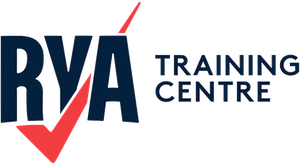Signalling & Communication
Signals and communication in the marine world are like a game of charades with the ocean as your stage. Picture a crew furiously waving flags screaming, “We’re out of snacks!” while another ship squints, trying to decode whether that’s a distress call or just terrible semaphore skills. Horns blast at decibels high enough to wake Poseidon, with meanings ranging from “I’m turning left” to “Move it or lose it!” And let’s not forget Morse code—nothing says “urgent message” like blinking a flashlight at a seagull for hours. Meanwhile, the VHF radio crackles with static and a dozen accents yelling about the weather, leaving everyone more confused than enlightened. It’s a symphony of organised chaos where somehow, miraculously, no one crashes into an iceberg. Usually.
-
TermDefinition
- Flag / Pennant, Signals & Communication Code Flag Hotel (H)

The International Maritime Signal Flag Hotel.
Meaning
I have a pilot on board.
- General Nautical Terminology, Signals & Communication High Frequency (HF)
The radio frequency range between 3 and 30 megahertz (MHz), commonly used for long-range marine communications via skywave propagation.
High...
More Details - Flag Semaphore, Signals & Communication Letter H (Flag Semaphore)

This shape represents the Letter H (Flag Semaphore) and the Number 8 (Flag Semaphore).
- Morse Code, Signals & Communication Letter H (Morse Code)
International Morse Code sequence representing the letter H.
- Phonetic Alphabet, Signals & Communication Hotel
Pronounced: hoh-TELL
The term for the letter H in the NATO Phonetic Alphabet.



